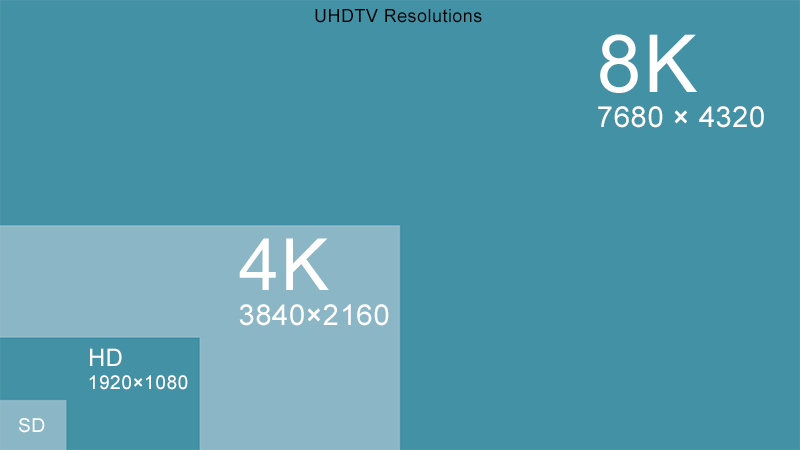In the ever-evolving landscape of immersive media, video resolution stands as a critical pillar reshaping the way we perceive and interact with digital environments. From virtual reality VR to augmented reality AR, high-resolution video serves as the gateway to unlocking truly immersive experiences that blur the lines between the virtual and the real. At the heart of immersive media lies the pursuit of realism, aiming to transport users to digitally rendered worlds that feel as authentic as the physical realm. Video resolution plays a pivotal role in achieving this objective by enhancing visual fidelity and detail, thus bridging the gap between the virtual and the tangible. In VR, for instance, high-resolution displays minimize the dreaded screen-door effect, where individual pixels are visible, thereby fostering a more seamless and immersive environment. Moreover, video resolution directly impacts the level of immersion and engagement experienced by users. Crisp, high-resolution visuals not only captivate the senses but also foster a deeper sense of presence within the virtual environment.

Whether exploring a distant planet or delving into a historical reenactment, the level of detail afforded by superior video resolution elevates the overall immersive experience, drawing users deeper into the digital realm. Furthermore, the significance of Video Resolution extends beyond mere visual appeal it influences user comfort and immersion. Low-resolution content can induce discomfort and disorientation, diminishing the overall quality of the immersive experience. Conversely, high-resolution video contributes to a more comfortable and engaging experience, facilitating longer durations of immersion without adverse effects such as eye strain or motion sickness. In the realm of AR, where digital overlays are seamlessly integrated into the physical world, video resolution assumes even greater importance. High-resolution AR content overlays convincingly blend with the user’s surroundings, enhancing realism and believability. Whether overlaying information onto real-world objects or superimposing virtual characters into everyday environments, superior video resolution ensures a seamless integration of the digital and physical realms, augmenting the user’s perception of reality.
Moreover, advancements in video resolution technology continue to push the boundaries of immersive media, enabling increasingly realistic and lifelike experiences. From 4K to 8K resolutions and beyond, each leap in resolution brings us closer to achieving a level of visual fidelity indistinguishable from reality. As display technologies evolve to support higher resolutions and refresh rates, the potential for immersive media to transport users to new worlds becomes ever more tantalizing. However, the quest for higher resolutions is not without its challenges. High-resolution content demands significant computational resources for rendering and playback, posing challenges for both content creators and consumers. Additionally, bandwidth constraints may limit the widespread adoption of ultra-high-definition content, particularly in contexts where internet connectivity is limited. Whether exploring fantastical realms in VR or augmenting the perception of reality through AR, the quest for ever-higher resolutions heralds a future where immersive media transports us to new dimensions of experience. As technology continues to evolve, high-resolution video will continue to push the boundaries of what is possible, transforming how we consume and interact with visual content in the digital age.